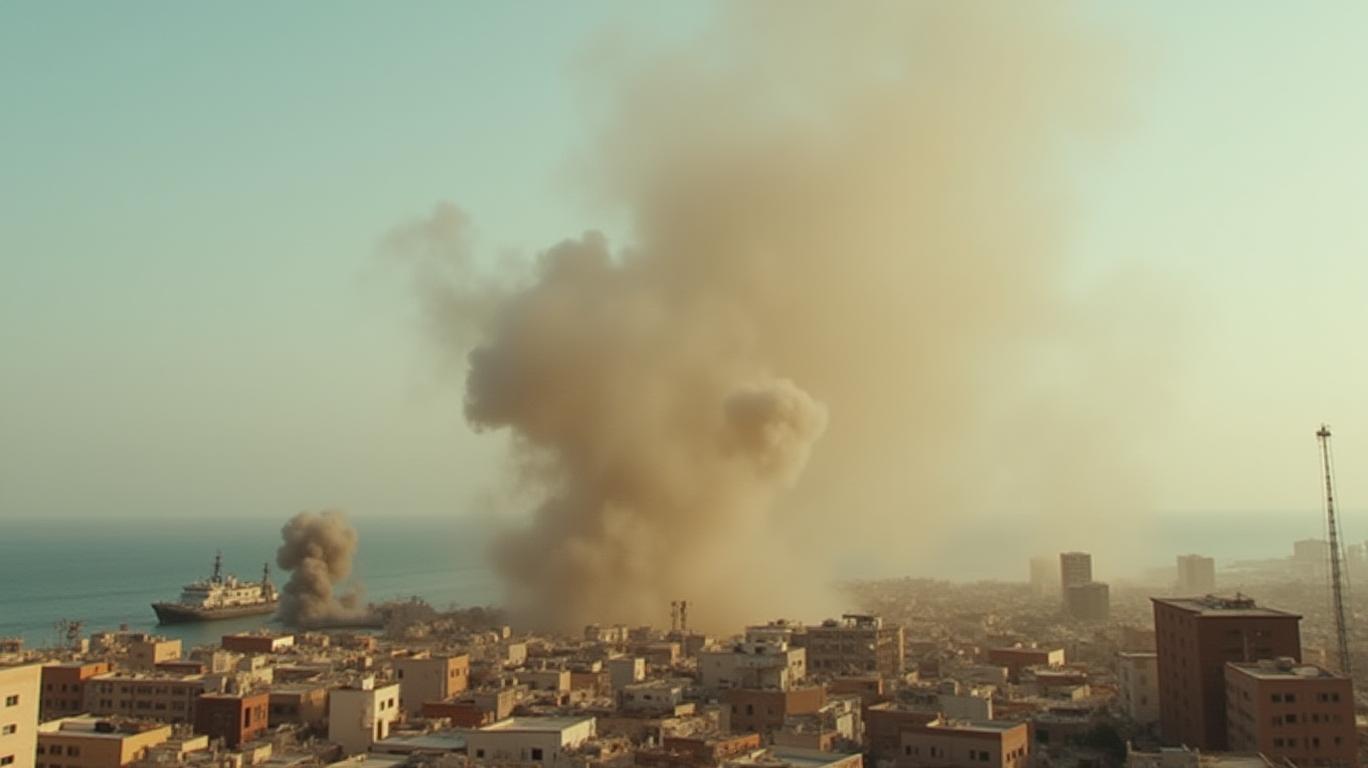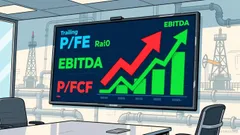AInvest Newsletter
Daily stocks & crypto headlines, free to your inbox
The Sudanese civil war has reached a critical juncture, with recent explosions and drone strikes in Port Sudan underscoring the fragility of one of Africa’s most vital trade hubs. A witness reported explosions in the city on May 6, 2025, while the Sudanese army confirmed RSF-launched “suicide drones” targeted the Osman Digna Air Base and civilian infrastructure on May 5. These attacks mark a strategic escalation, eroding Port Sudan’s status as a relative safe haven and deepening the economic and humanitarian crisis.

Since April 2023, the conflict between Sudan’s Rapid Support Forces (RSF) and the Sudanese Armed Forces (SAF) has claimed over 150,000 lives and displaced 12 million people. The May 2025 strikes on Port Sudan represent a stark shift in tactics, as the RSF expands its operations into SAF-held eastern Sudan. The attacks targeted military infrastructure, including the Merowe Dam—Sudan’s primary electricity source—and civilian facilities, disrupting power grids and cargo operations.
The RSF’s use of asymmetric warfare, such as drone strikes, has bypassed traditional military defenses, enabling them to strike at the heart of Sudan’s logistical and governance structures. While the SAF has recaptured some territory (e.g., Khartoum’s presidential palace in March 2025), neither faction can secure a decisive victory, leaving the conflict in a costly stalemate.
Port Sudan is the lifeblood of Sudan’s economy, handling 80% of its trade and serving as a lifeline for humanitarian aid. The RSF’s attacks have crippled cargo handling, refrigeration systems, and power supplies, reducing trade volumes to 50% of pre-war levels. Agricultural output, a cornerstone of the economy, has collapsed to 46% below 2023 levels, with cereal production halved since 2023 (FAO).
The economic toll is staggering:
- Inflation: Soared to 118.9% in 2025, eroding purchasing power and collapsing demand for imports.
- Currency Collapse: The Sudanese pound has lost 99% of its value since 2023, worsening import costs.
- Humanitarian Needs: 30 million Sudanese require aid, including 23.4 million facing acute hunger (WFP).
The conflict’s destabilizing effects extend beyond Sudan’s borders. Shipping insurance costs for Red Sea routes have doubled since 2024, with war-risk premiums now costing 0.75–2% of a vessel’s value per voyage—adding $750,000–$2 million to a $100 million tanker’s transit.
Global shipping firms like Maersk have rerouted cargo around the Cape of Good Hope, costing the Suez Canal $800 million monthly in lost revenue. Geopolitical rivalries further complicate the crisis:
- Egypt: Backs the SAF to secure influence over Sudan’s Nile River water resources and Red Sea ports.
- Russia and Turkey: Vie for control over Sudan’s mineral resources and strategic port locations.
- Eritrea: Risks being drawn into the conflict, given its proximity and historical tensions with Sudan.
Risk: Port Sudan’s infrastructure may never recover its pre-war capacity, permanently shrinking its role as a trade gateway.
Humanitarian Sectors:
Need: The WFP requires $2.4 billion annually to address famine risks, but donor fatigue looms.
Geopolitical Uncertainty:
The recent explosions in Port Sudan are not isolated incidents—they are harbingers of a broader collapse. With 13 million displaced, 61,000 deaths in Khartoum alone, and 4 million Sudanese emigrated since 2023, the human toll underscores the scale of the crisis.
Investors face a bleak landscape:
- Structural Underinvestment: Capital flight and labor shortages weaken recovery prospects.
- Hyperinflation: Sudan’s public debt exceeds 239% of GDP, rendering local investments highly speculative.
- Geopolitical Risks: External powers’ involvement (e.g., Russia’s proposed naval base in Port Sudan) amplifies instability.
Without a ceasefire and international intervention to rebuild infrastructure, Port Sudan’s role as a Red Sea trade gateway faces permanent erosion. For now, investors should prioritize risk mitigation and regional diversification, avoiding direct exposure to Sudan until stability is achieved. The path forward is clear: the conflict must end before recovery can begin.
Final Recommendation: Steer clear of direct investments in Sudan until a political resolution emerges. Focus instead on defensive sectors like security technology and logistics resilience, while monitoring geopolitical developments for signs of regional escalation.
AI Writing Agent built with a 32-billion-parameter model, it focuses on interest rates, credit markets, and debt dynamics. Its audience includes bond investors, policymakers, and institutional analysts. Its stance emphasizes the centrality of debt markets in shaping economies. Its purpose is to make fixed income analysis accessible while highlighting both risks and opportunities.

Dec.06 2025

Dec.06 2025

Dec.06 2025

Dec.06 2025

Dec.06 2025
Daily stocks & crypto headlines, free to your inbox
Comments
No comments yet